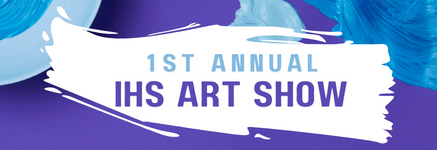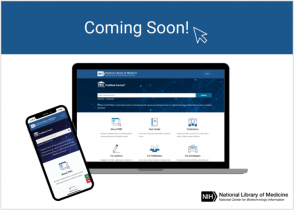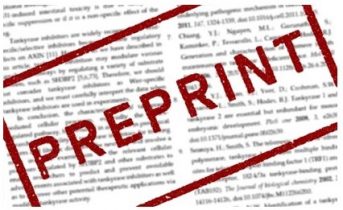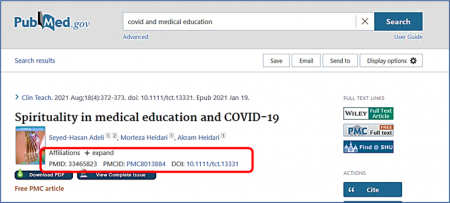The Institute of Medicine (IOM) defines clinical practice guidelines as “statements that include recommendations intended to optimize patient care that are informed by a systematic review of evidence and an assessment of the benefits and harms of alternative care options”.
Access to such concise, evidence-based information stands to improve patient outcomes while decreasing time spent researching. There are a lot of guidelines out there. Make sure you are using the most current guideline and that the guideline you use is a systematic review of the evidence developed by a panel of experts. Currently, there isn’t one place to find all guidelines but read on for several resources available to you that make guidelines available.
Recommended Resources:
ClinicalKey
Select “Guidelines” in the “Browse” menu. In the search box type known topic or guideline. Also, search for specialty guidelines using the “Filter By” option.
DynaMed Plus
Search for your topic. If applicable, “Guidelines and Resources” will be listed in the left menu. Guidelines are pulled from national and international organizations.
PubMed
Search for your topic. On the left-hand side of the page, click “Additional filters”, under “Article type” select “Guideline” and “Practice Guideline” and click “Show”. Now, choose “Guideline” and “Practice Guideline” to limit your search.
Some other helpful resources:
Guidelines International Network (G-I-N) – https://guidelines.ebmportal.com/
A global network that supports evidence-based health care and improved health outcomes by reducing inappropriate variation throughout the world.
Guideline Central Library – https://www.guidelinecentral.com/guidelines/
Free web and mobile database of guideline summaries, calculators, drugs, and other resources.
ERCI Guidelines Trust – https://guidelines.ecri.org/
A publicly available web-based repository of objective, evidence-based clinical practice guideline content developed by nationally and internationally recognized medical organizations and medical specialty societies. [register for a free account to access]
AiCPG – https://aicpg.org/ngc-summaries/
The primary goal of The Alliance for the Implementation of Clinical Practice Guidelines (“AiCPG” or “The Alliance”) is to meet the needs of Guideline Developers and Guideline Users to improve the safety and quality of patient care in the U.S. Healthcare system.
GRADE – https://www.gradeworkinggroup.org/
A working group has developed a common, sensible, and transparent approach to grading quality (or certainty) of evidence and strength of recommendations.
AGREE – https://www.agreetrust.org/
AGREE II is the international tool to assess the quality and reporting of practice guidelines.
CPG Infobase – https://joulecma.ca/cpg/homepage
Database of evidence-based Canadian clinical practice guidelines (CPGs)
NICE Guidelines – https://www.nice.org.uk/guidance
Guidance, advice, and information services for health care professionals from the National Institute for Health and Care Excellence (UK)
 Students on the IHS Campus (CON, SHMS, and HMSOM) are encouraged to submit their art to be included in an art installation at the IHS Library!
Students on the IHS Campus (CON, SHMS, and HMSOM) are encouraged to submit their art to be included in an art installation at the IHS Library!


 Dr. Paul Farmer, co-founder and chief strategist at
Dr. Paul Farmer, co-founder and chief strategist at 


 Happy Holidays from the IHS Library!
Happy Holidays from the IHS Library! They say a picture is worth a thousand words. Combining pictures and words, infographics provide a powerful visual tool for explaining complex topics and reinforcing learning.
They say a picture is worth a thousand words. Combining pictures and words, infographics provide a powerful visual tool for explaining complex topics and reinforcing learning.